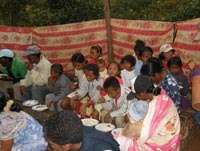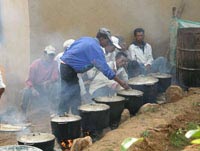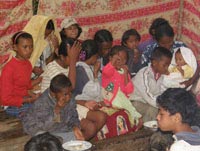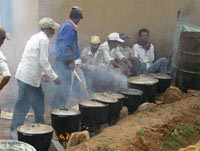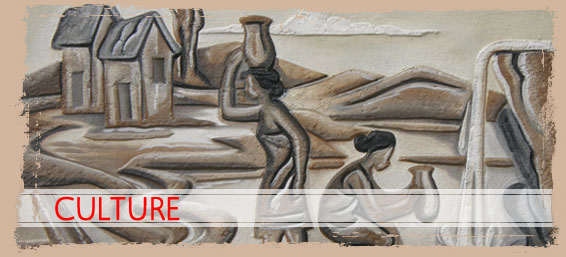
Culture : The burial of the Merina Tribe
1.Singing farewell to the dead person
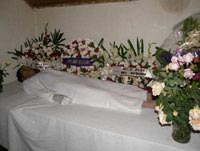
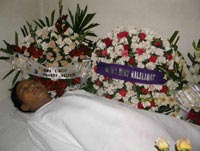

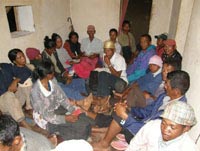
The family members and the relatives of the dead person sing all night long. Friends and villagers are also invited to sing. It can take 2 to 5 nights to honor the dead person and to support the closest family members.
2. Food and Eating
Everybody gets served during the time that we keep the dead person in the village before the burial.
3. To shroud
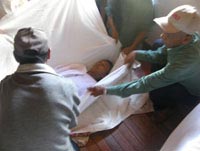
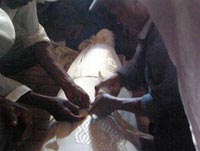
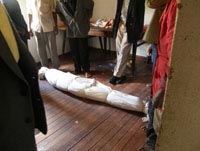
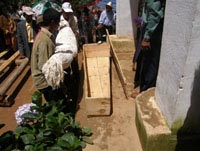
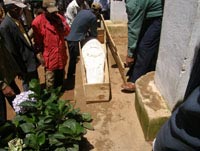

The close family members have to view the dead person before they have to shroud him/her.
4. Kabary or Speech
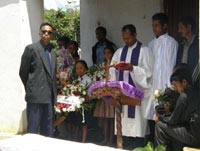
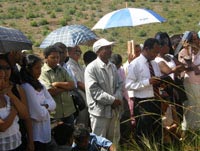
The Pastor or the Priest (depending on the religion) has to make a speech to honor God and the dead person. The Loholona, who is the oldest and most respected person in the village, has to make a speech to thank the local people who support the family with their presence.
5. The support of the whole village
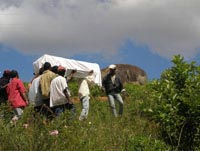
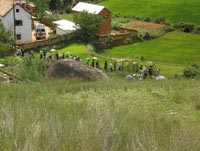
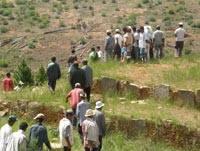
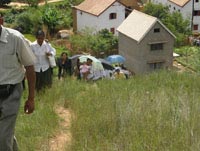
The whole village is involved; it is a sad event for everyone.
Here is the proof of the Fihavanana, the Malagasy philosophy which means to love, to help and to respect everyone
6. The Merina family tomb
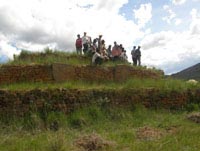
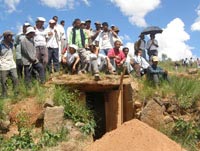
The tomb is built differently for the 18 Malagasy tribes. This is the typical tomb of the Merina tribe.
7. The Burial
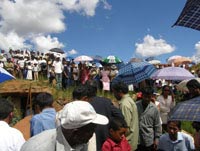
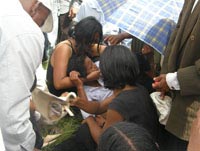
The burial is a sad occasion, as it should be the same when you lose someone.
8. Dead children under 10 years old

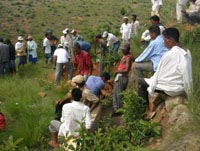
The Merina tribe does not open the tomb if a child under 10 years old dies. We bury the child underground out of the family tomb, in a wooden coffin. We move this corpse to the tomb when we have to reopen the family tomb to bury another person over the age of ten.
9. Extra
The Merina people originally migrated from Indonesia by crossing the Indian Ocean. We have the same faces as Indonesian people and the language sounds a bit similar.
Thank you very much!
Madagascar tour guide


